Over the years, China has always been identified as the largest and most important export market for agricultural, forestry and fishery products of Vietnam.
China has always been identified as the largest export market for agricultural, forestry and fishery products.
According to newly released data from China Customs, in the first 7 months of 2024, ASEAN continued to be China's largest trading partner. China with a value of 546 billion USD. Among ASEAN countries, Vietnam - China trade in 7 months increased the most (24.1%). The products that Chinese enterprises are interested in and have increased their imports in recent times are the group of processed and manufactured industrial goods, agricultural and aquatic products.
There are many items agriculture, forestry, fishery Vietnam's products are occupying a very large market share in the Chinese market such as rubber, cassava and cassava products, fruits, pangasius fish,...
For example, with rubber products, in the first 6 months of 2024, China is still the market. rubber export largest in Vietnam. According to statistics of General Department of Customs Vietnam, in the first 6 months of 2024, Vietnam exported 489,370 tons of rubber to China. Rubber exports to China accounted for 67.35% in volume and 64.8% in value of the country's total rubber exports in the first 6 months of 2024.
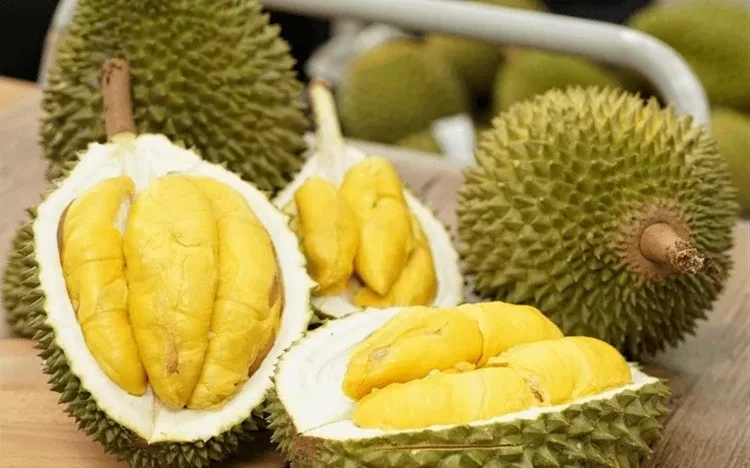
Regarding fruits and vegetables, according to the General Department of Customs, the export value of Vietnam's fruits and vegetables in the first 6 months of 2024 reached 3.33 billion USD, an increase of 24.3% over the same period in 2023. Of which, the export turnover of Vietnamese fruits and vegetables to China reached 2.1 billion USD, accounting for 64% of the total export turnover. Vietnam's durian exports to China reached 1.22 billion USD, an increase of 46% over the same period, accounting for 92.4% of Vietnam's total durian export turnover.
Cassava and cassava products are also a billion-dollar export item to China. Statistics show that in the first 6 months of 2024, cassava and cassava products exports reached 1.38 million tons, worth 630.29 million USD, down 7.7% in volume, but up 6.2% in value over the same period in 2023, due to increased export prices. China is still the largest export market for cassava and cassava products of Vietnam, accounting for 87.88% in volume and 88.52% in value of the total cassava and cassava products exports of the whole country.
In the first 6 months of 2024, Vietnam exported 1.26 million tons of cassava and cassava products to China, worth 569.05 million USD, down 6.1% in volume but up 8.9% in value over the same period in 2023. In particular, Vietnam is the second largest supplier of cassava chips and cassava starch to China, after Thailand.
Meanwhile, in the first 6 months of this year, seafood exports to China reached nearly 690 million USD, up 8.4%. China and Hong Kong (China) continue to be the largest consumer markets for Vietnamese pangasius, contributing 28% to the total value of Vietnam's exports to markets. June 2024 was the month when Vietnamese pangasius exports to China and Hong Kong (China) reached the highest level since the beginning of this year, with nearly 56 million USD, up 16% compared to June 2023. Cumulatively, in the first 6 months of the year, pangasius exports still accounted for the largest proportion, accounting for 35% with more than 243 million USD, down 7.4% compared to the same period last year.
According to the Vietnam Association of Seafood Exporters and Producers, consumers in this market often prefer frozen pangasius fillet products from Vietnam. In the first half of this year, frozen pangasius fillet exports to China and Hong Kong (China) reached more than 158 million USD, accounting for 61% of total pangasius exports to this market.
The second largest seafood export item to the Chinese market in the first half of this year was lobster with nearly 122 million USD, an increase of 174% and accounting for nearly 18% of the seafood export value to this market.
Regarding coffee and pepper, although China is not yet Vietnam's top export market, Chinese consumers increasingly favor Vietnamese coffee and pepper. According to statistics from the Chinese Customs, China's coffee imports from Vietnam reached 41.28 million USD, an increase of 107.1%. Vietnam's coffee market share in China's total import turnover increased from 6.65% in the first 6 months of 2023 to 7.46% in the first 6 months of 2024.
There is still much room for export growth to China.
According to the report of the Ministry of Agriculture and Rural Development, many agricultural, forestry and fishery products of Vietnam are currently exported to China, including 12 fruit and vegetable products (watermelon, mangosteen, black jelly, durian, fresh banana, sweet potato, dragon fruit, rambutan, mango, lychee, longan, jackfruit); bird's nest, fish meal and some products serving the production and processing of animal feed; dairy products and various types of seafood.
The signing of Protocols between the Ministry of Agriculture and Rural Development of Vietnam and the General Administration of Customs of China on allowing official export of agricultural products has created momentum for many types of Vietnamese agricultural products in this market. After the Protocol on official export of durian to China, the value of durian export Vietnam's exports to this market in the past two years have been much larger than the previous years combined.

Mr. Dang Phuc Nguyen, General Secretary of the Vietnam Fruit and Vegetable Association, said that China is still the largest import market for fruits and vegetables from our country, accounting for 64% of total export turnover with 2.1 billion USD in the first half of the year, up 22% over the same period. Durian is still the most popular fruit in the market.
Regarding fresh coconut products, the Vietnam Fruit and Vegetable Association assessed that the demand for importing this product in the Chinese market is very large and tends to grow steadily, each year higher than the previous year. Meanwhile, China's coconut output only meets about 10% of domestic consumption demand, the rest is imported. Therefore, if this product is officially exported to the Chinese market, it will help Vietnam's fruit and vegetable exports continue to grow positively. According to the Vietnam Fruit and Vegetable Association's calculations, when the Fresh Coconut Export Protocol is signed, if well prepared, the coconut industry can earn an additional 300 - 400 million USD/year from this market.
Source



![[Photo] Prime Minister Pham Minh Chinh chairs meeting to remove difficulties for projects](https://vstatic.vietnam.vn/vietnam/resource/IMAGE/2025/3/30/7d354a396d4e4699adc2ccc0d44fbd4f)


![[Photo] Ministry of Defense sees off relief forces to the airport to Myanmar for mission](https://vstatic.vietnam.vn/vietnam/resource/IMAGE/2025/3/30/245629fab9d644fd909ecd67f1749123)











































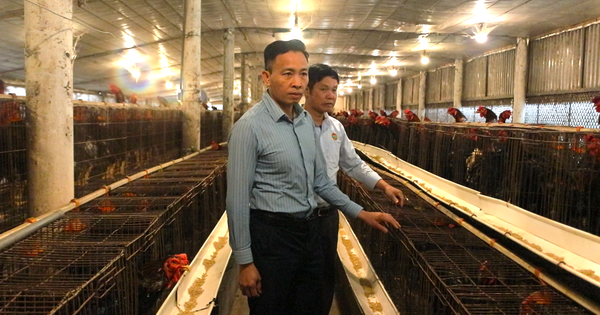























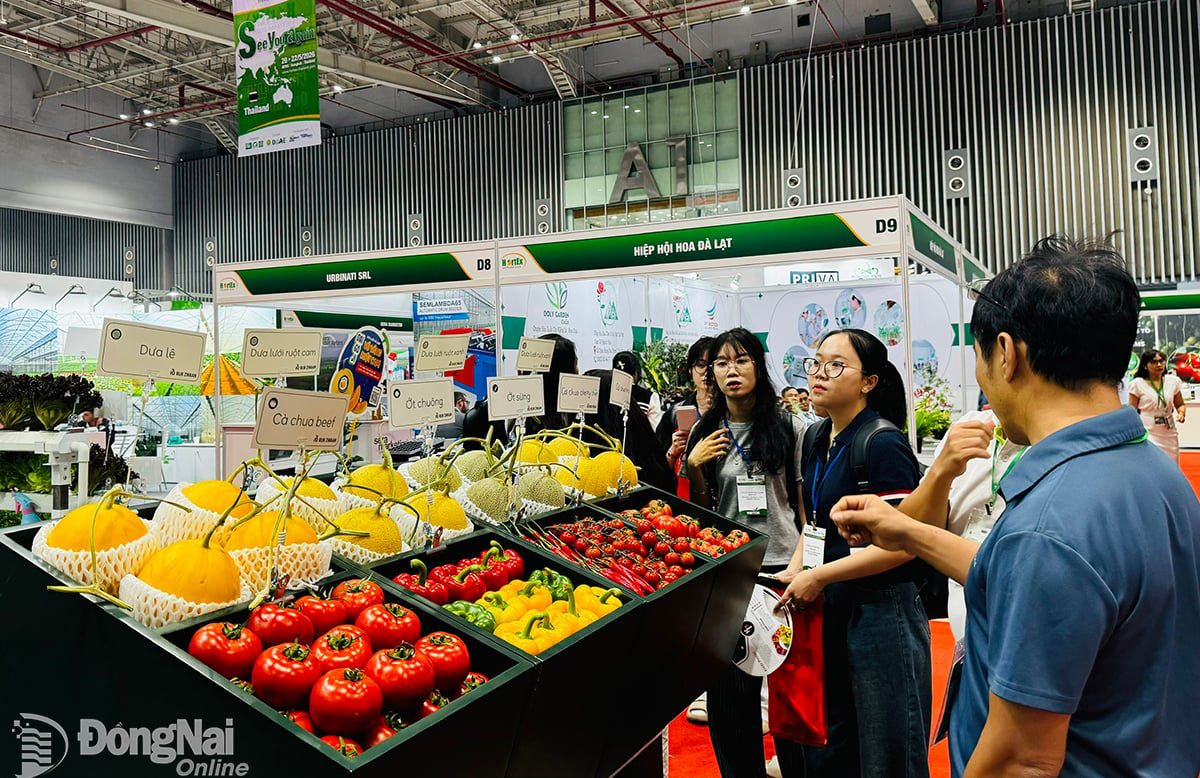






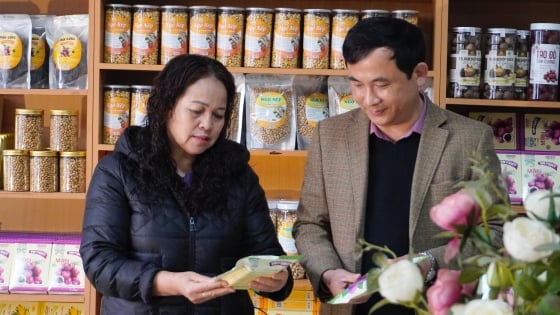



![[REVIEW OCOP] An Lanh Huong Vet Yen Cat](https://vstatic.vietnam.vn/vietnam/resource/IMAGE/2025/3/27/c25032328e9a47be9991d5be7c0cad8c)



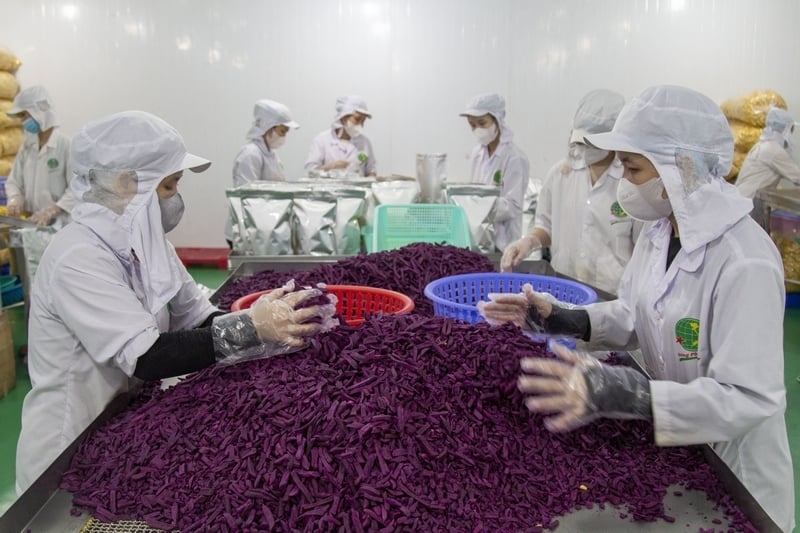

Comment (0)